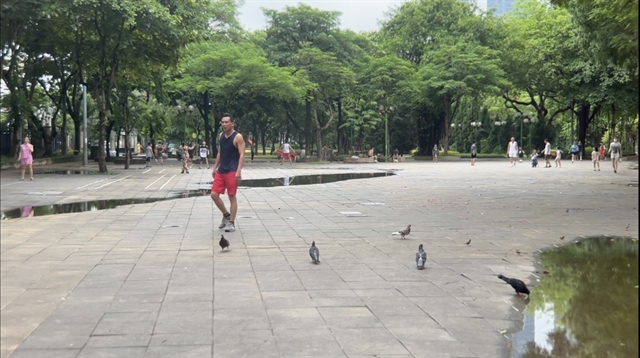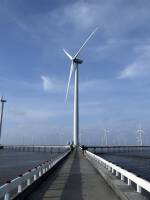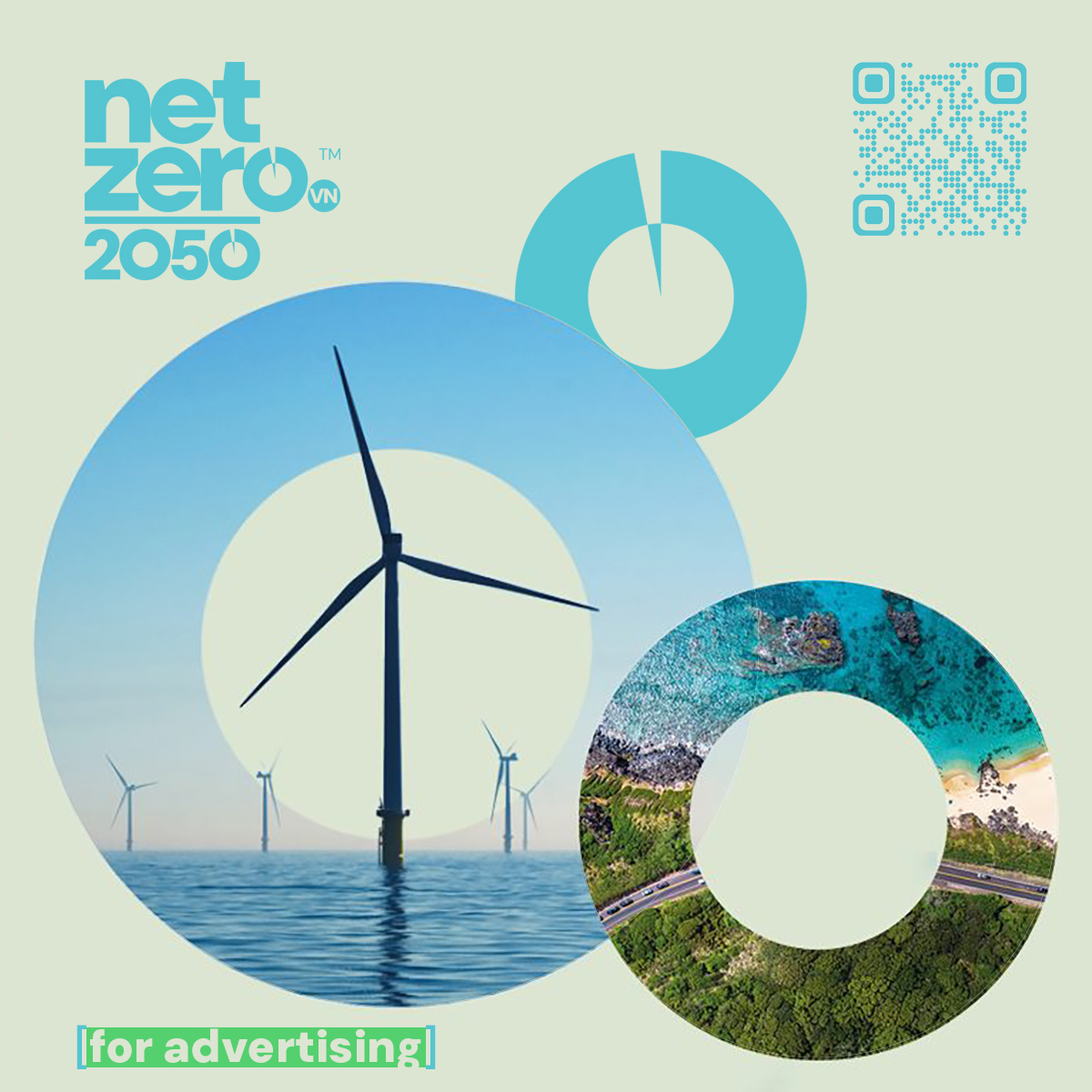
Developing urban areas towards green and sustainable goals is a complex process that requires the integration of technology, environment, and social factors.
According to Nguyễn Hoàng Linh, an architect and lecturer in the Faculty of Architecture and Planning of the Hà Nội University of Civil Engineering, the process of urbanisation is often accompanied by the fragmentation of green spaces into small, isolated patches of low ecological quality.
The loss of green spaces due to land use purpose changes and the development of infrastructure lead to surface hardening, Linh told kinhtedothi.vn.
“Nowadays, people have a better understanding of the combined cultural and social benefits derived from coexisting harmoniously with nature, spending time in nature, and interacting with animals,” Linh said.
“These activities have positive effects on human health, help relieve psychological issues related to urban life, and provide happiness and educational opportunities for children,” he said.
These shared benefits support the concept of developing “more-than-human cities” with the goal of designing urban landscapes that are not just living spaces for humans but are also places where humans and wildlife can coexist.
According to the architect, systematically implementing and promoting interactions between humans and wildlife in urban planning and design is not yet standard practice, as people face significant challenges.
Land scarcity is a major concern for many modern cities that prioritise human-centric development and consider wildlife as belonging exclusively to dedicated nature reserves.
Wildlife in urban environments can elicit mixed responses, with some city residents viewing animals as public nuisances.
“This remains a new and inadequately addressed issue in our country’s urban space planning. However, it is an inevitable trend of the 21st century, as the world is facing severe issues related to environmental degradation, ecosystem and biodiversity loss, and declining quality of human living spaces on a global scale,” he said.
Multiple benefits
Incorporating strategies for integrating wildlife into urban planning can help create habitats for animals.
The pressure of urban growth encourages designers to optimise the use of urban nature by maximising and enhancing ecological functions, increasing multifunctionality, and resource efficiency to create ecological balance despite high urban density within limited land areas.
Other efforts include restoring lost natural landscapes in urban areas and enhancing connectivity with natural spaces in suburban and surrounding areas to form an open ecosystem network, as demonstrated by projects such as the Cheonggyecheon stream restoration project in South Korea’s Seoul and the Bishan-Ang Mo Kio Park project in Singapore, which have shown positive effects.
Experts suggest that wildlife can help mitigate the effects of climate change in cities.
Greater biodiversity provides direct benefits to humans and can also help protect human health by controlling disease-carrying insects.
For instance, the West Lake (Hồ Tây) area in the urban development of Hà Nội holds significant importance as a landscape tourism lake and a climate regulator for the region, while also serving as a sanctuary for unique species.
Although situated in a high-altitude area, the main lake and ponds in the system still have the capacity to regulate rainwater for surrounding areas. Regular exchanges ensure that the area self-regulates to maintain a stable balance.
Architect Lê Thúy Hà from the National Institute of Urban and Rural Planning said that the structure of green urban space requires conservation and respect for natural landscape structures.
“Developing architectural and landscape guidelines based on zoning that considers natural conditions and functional use is essential,” Hà said.
“Once land, water bodies, and natural ecosystems have been transformed, they are nearly impossible to restore,” she said.
“In existing areas, preserving and utilising historical and cultural elements will enhance the competitiveness of urban areas. Conservation, coupled with the renovation and upgrading of public spaces and existing areas, will contribute to the unique identity of each city,” the architect added.
(VNS)




